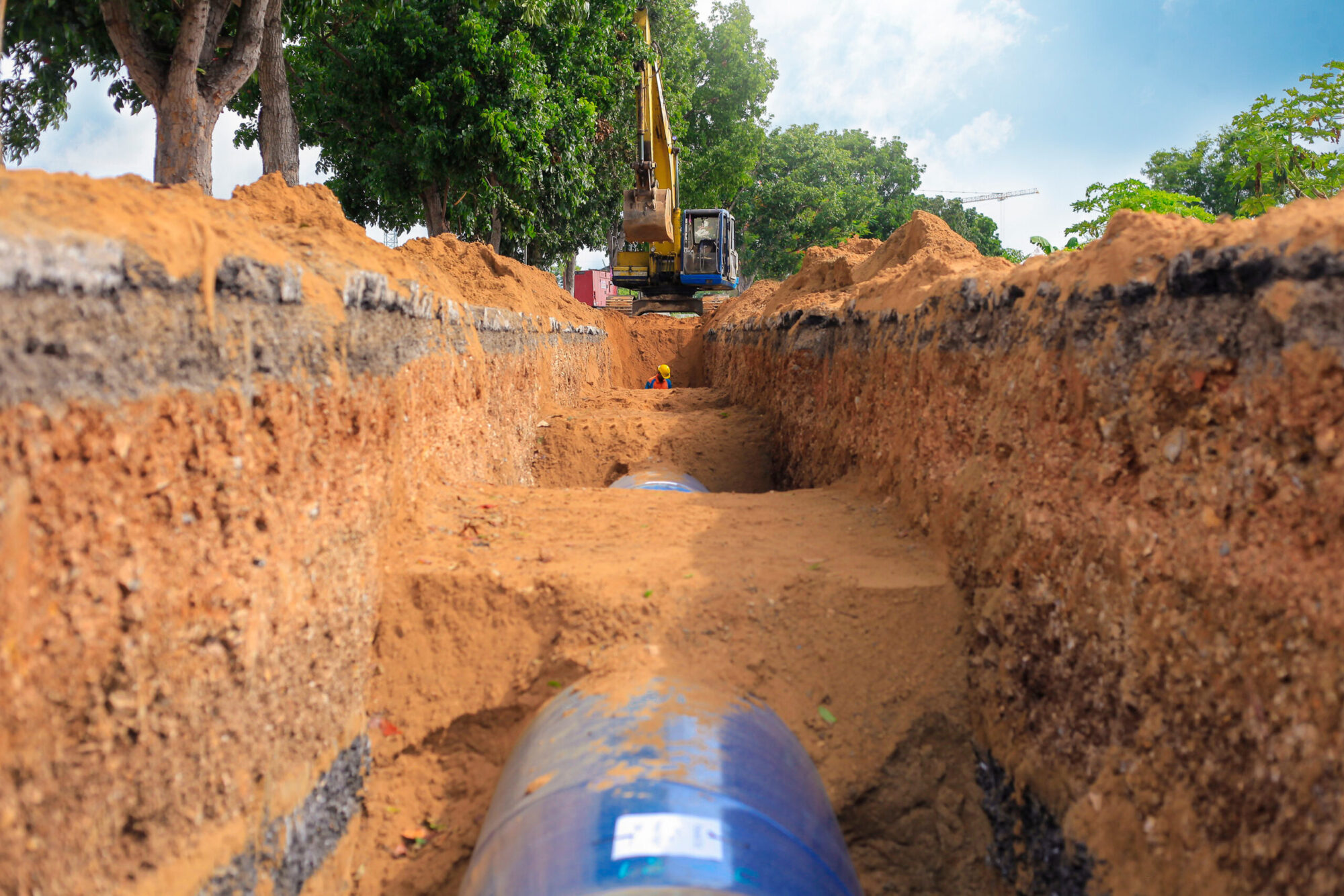
Question: How Doe Pipe Spring™ Save Your Company Money?
Answer: At least three major areas of cost are typically involved with pipeline repair or field integrity work. These are:
- The direct procurement cost of the repair product
- The direct labor cost or man-hours of the installation
- Potential for operational changes, cost elimination, or organizational changes to reduce cost
The direct procurement cost of Pipe Spring™ is often significantly lower than alternative competitive systems. On one recent RFQ, Pipe Spring was only 50% of the cost of a popular composite alternative. Based on our understanding of the pipe integrity marketplace, we strongly believe our products will cost less.
The direct labor cost or man-hours of the actual installation can also be lower as installation time is faster. This can mean more repairs per day, more per week, and more repairs for lower project costs. This is an opportunity to do more with less spending while utilizing a product with better integrity.
The potential for operational changes to integrity efforts are also very real. From the elimination of extra supervision, elimination of additional inspections, and the removal of the need to weld at multiple dig sites, our product creates an opportunity for efficiencies. The ease of installation enables opportunities for additional tasks to be completed.
Some of these costs savings are easy to quantify and easy to capture such as spending less to buy a repair product. Some involve more effort at a project management level and the cost containment of projects.
Below is a specific example:
A pipeline company emails Pipe Spring LLC and explains they have a 16-inch diameter pipe. It is Grade B and has a wall thickness of .325-inch. A Pipe Spring™ kit that will repair up to 79.9% wall loss costs about 30% less than the material for a popular composite offering*. Project delays can be avoided and the excavation is opened and closed the same day.
Contact us at info@pipespring.net for your quotation today.
*Based on recent client communications

 Question: Is Pipe Spring™ approved by PHMSA?
Question: Is Pipe Spring™ approved by PHMSA?